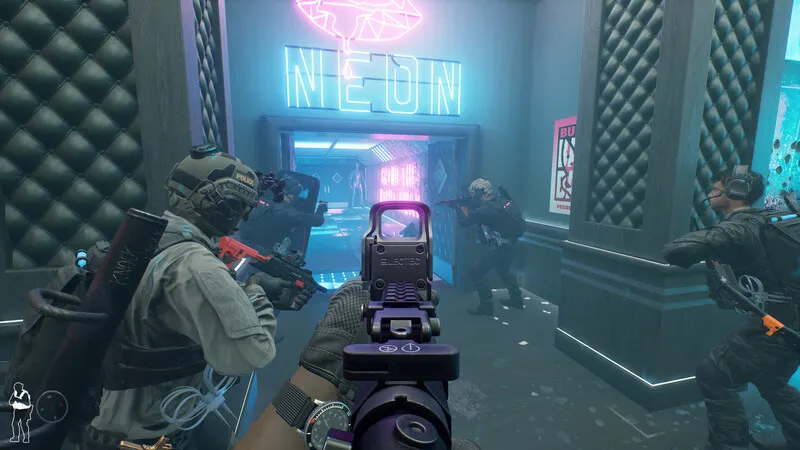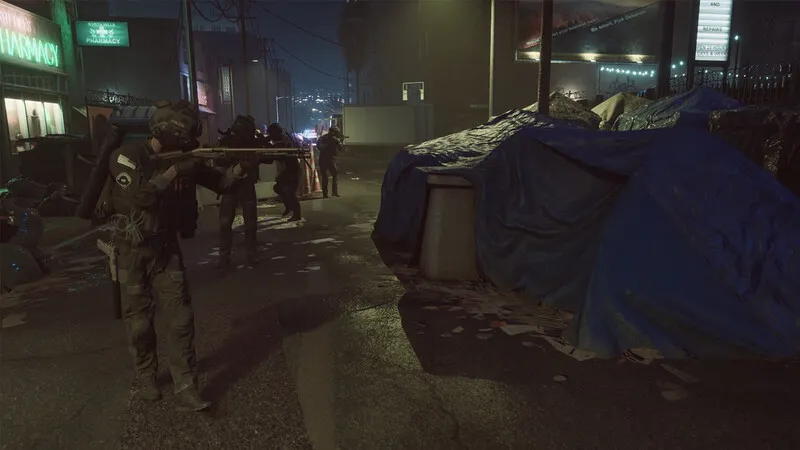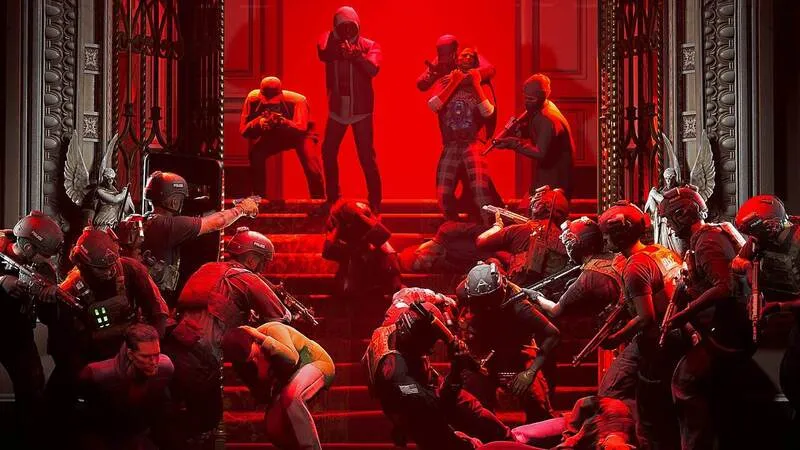Few tactical shooters have stirred as much discussion as Ready or Not. Developed by VOID Interactive, it strives to replicate the high-stakes intensity of real-world SWAT operations: breaching doors, rescuing civilians, and neutralizing threats with precision. Every corner cleared carries weight, every decision could mean life or death.
But beneath the tension lies a fundamental debate: is Ready or Not too realistic for its own good? Veterans argue it should double down on authenticity, demanding punishing accuracy and strict adherence to procedure. New players, however, often bounce off the game, overwhelmed by its complexity and unforgiving design. This article unpacks the heart of the issue: the struggle between realism and accessibility in Ready or Not.
1. The Roots of Tactical Authenticity
Ready or Not follows in the footsteps of classics like SWAT 4 and Rainbow Six 3, games that prioritized planning and procedure over run-and-gun action. VOID Interactive clearly set out to fill the void left by those titles.
Inspirations from the past
- SWAT 4: Emphasized non-lethal resolution, careful room clearing.
- Rainbow Six 3: Focused on tactical planning, team coordination.
- ARMA: Set the gold standard for military realism, influencing Ready or Not’s tone.
This historical foundation explains why the developers emphasize simulation — but also why the debate over accessibility emerged early.

2. Weapon Handling and Realism
Weapons in Ready or Not feel heavy, deliberate, and lethal. Unlike mainstream shooters, there’s no arcade-like forgiveness here.
- Recoil and spread: Each gun must be mastered through practice.
- Limited ammo and loadouts: Choices matter; no one-man-army setups.
- Non-lethal options: Beanbags, pepper spray, and tasers reinforce the SWAT fantasy.
While veterans praise this depth, many newcomers find it punishing, especially when their lack of mechanical knowledge gets teammates killed.
3. The Learning Curve for New Players
Accessibility is where Ready or Not struggles most.
Barriers to entry
- Complex controls: From lean mechanics to command menus.
- Punishing AI: Suspects react aggressively, civilians panic unpredictably.
- Failure states: Missions can collapse instantly after small mistakes.
This learning cliff deters casual players, creating a community dominated by hardcore tacticians.
4. The Role of AI in Realism
AI behavior is central to both immersion and frustration.
- Civilians: Fearful, disobedient, sometimes running into gunfire.
- Suspects: Use cover effectively, flank, and surrender inconsistently.
- Teammates (bots): Helpful for solos, but often clunky in execution.
Players often debate whether AI unpredictability enhances realism — or simply creates unnecessary difficulty spikes.
5. Community Division: Hardcore vs. Casuals
The Ready or Not player base reflects the game’s split identity.
- Hardcore crowd: Wants more realism, stricter consequences, detailed procedures.
- Casual crowd: Wants smoother onboarding, forgiving AI, and faster missions.
- Middle ground: Argues the game needs both — authenticity and approachability.
This cultural divide mirrors the same debates that fractured tactical shooters in the past.

6. Modding and Community Servers
One saving grace for accessibility is the modding scene.
Player-driven balance
- Difficulty mods: Adjust AI aggression for smoother learning.
- Cosmetic mods: Lower the intimidation factor by customizing gear.
- Scenario mods: Allow casuals to practice in smaller, less punishing settings.
Community servers also experiment with rulesets, making the game friendlier for new entrants.
7. The Developer’s Balancing Act
VOID Interactive faces constant pressure to satisfy both camps.
- Recent updates: Added quality-of-life features while refining AI.
- Roadmap promises: Greater variety of missions, new non-lethal tools.
- Communication: Developers acknowledge the tension but stress their vision of authenticity.
This balancing act highlights the difficulty of keeping a niche tactical audience happy while courting new players.
8. Psychological Immersion vs. Frustration
One of the most fascinating aspects of Ready or Not is its emotional impact.
- Immersion: The realism creates adrenaline, fear, and satisfaction like few games can.
- Frustration: The same realism breeds anger when players fail for reasons they don’t fully understand.
The thin line between these two emotions defines the player experience.
9. Comparisons to Other Tactical Shooters
How does Ready or Not compare to its genre peers?
- Rainbow Six Siege: Abandoned realism for esports accessibility.
- Ground Branch: Stays even more hardcore, appealing to milsim purists.
- Zero Hour: Offers a middle ground, but lacks Ready or Not’s polish.
This context shows why Ready or Not sits at the crossroads of the genre, embodying its core tensions.

10. The Future of Realism vs. Accessibility
Looking forward, the question remains: should Ready or Not double down on realism, or open doors to new players?
Possible directions:
- Tiered difficulty: Smarter onboarding without removing challenge.
- Training missions: A more comprehensive tutorial for new recruits.
- Custom realism settings: Allowing servers to tailor the experience.
- Progression systems: Incentivize casuals while keeping hardcore play intact.
The future will depend on whether VOID Interactive wants Ready or Not to remain a niche gem — or grow into something larger.
Conclusion
The debate over realism versus accessibility is not just a quirk of Ready or Not; it is its essence. For some, its punishing authenticity is what makes it stand apart from every other shooter. For others, it’s an unnecessary barrier that limits its community.
What is clear is that Ready or Not thrives on this tension. Its identity is forged in the line between simulation and playability. Whether it tips further into one side or maintains the balance will define its legacy in the tactical shooter genre.

















